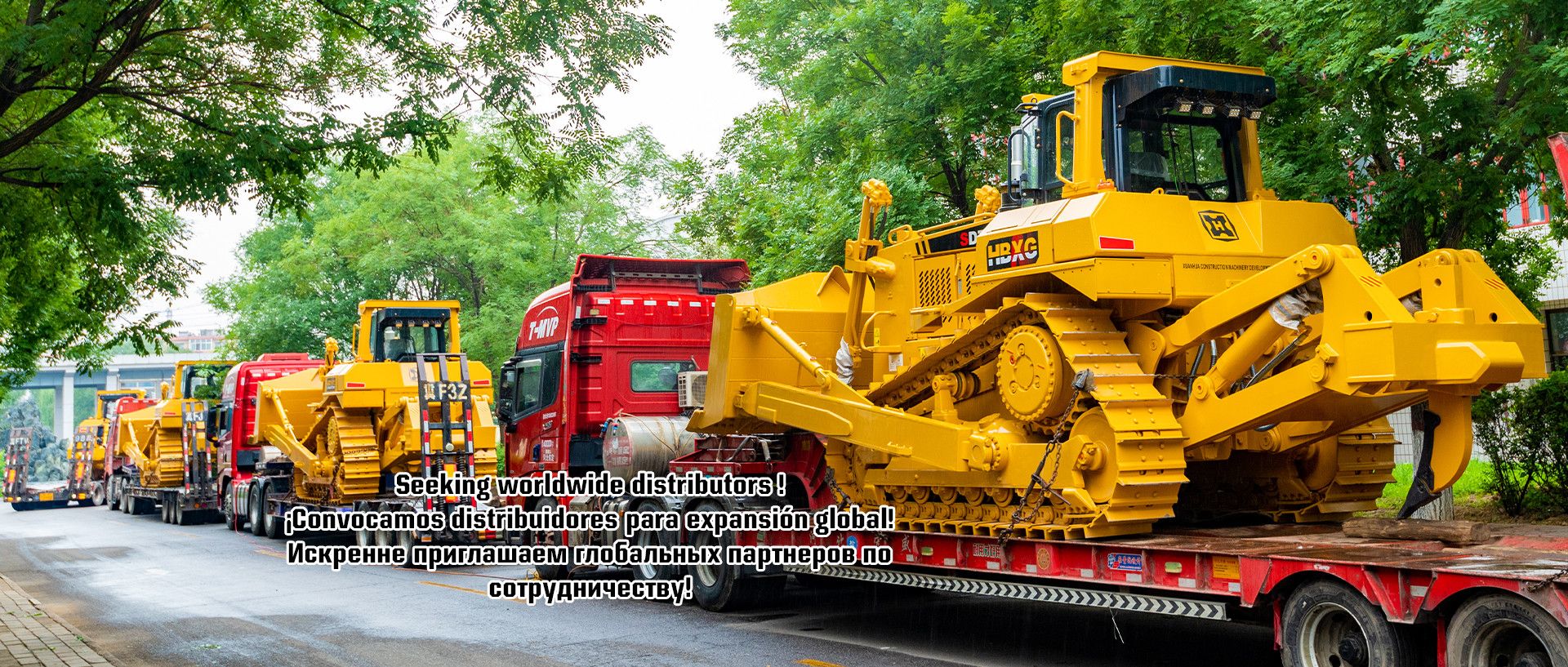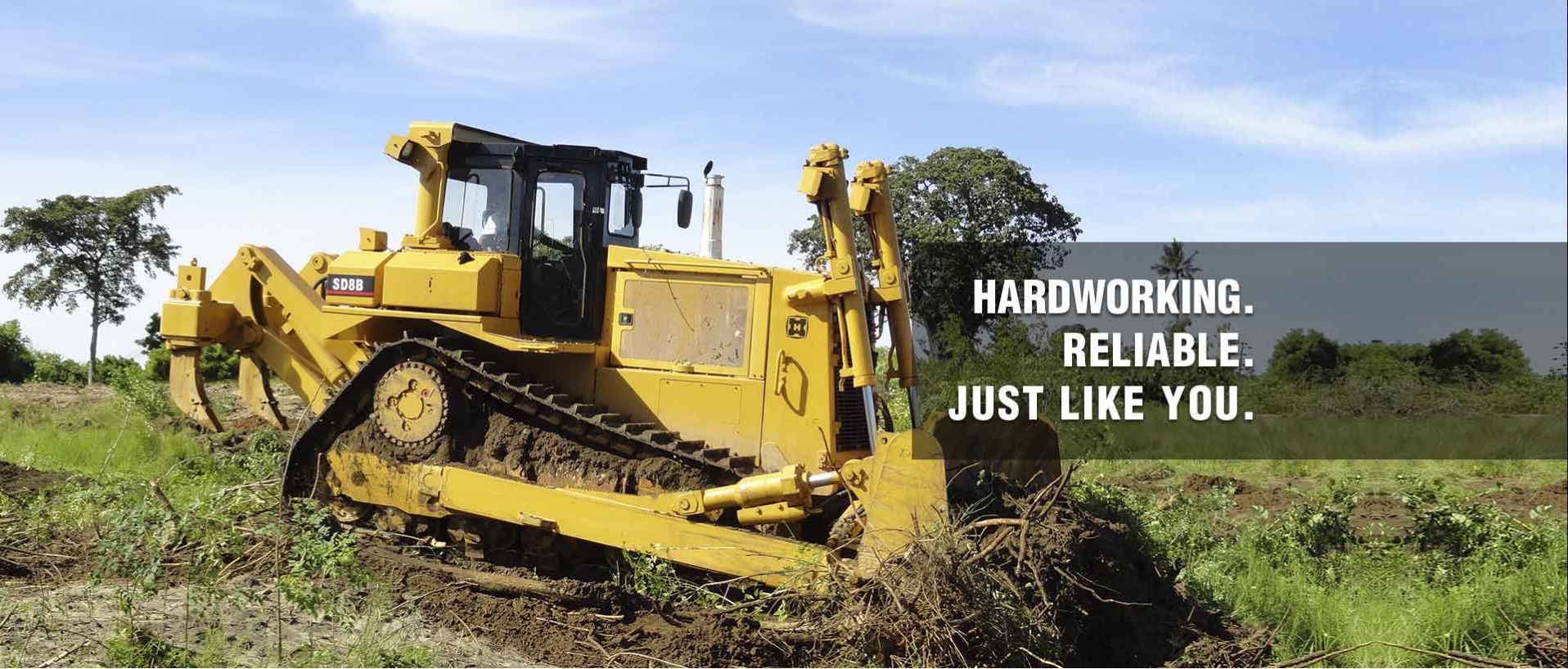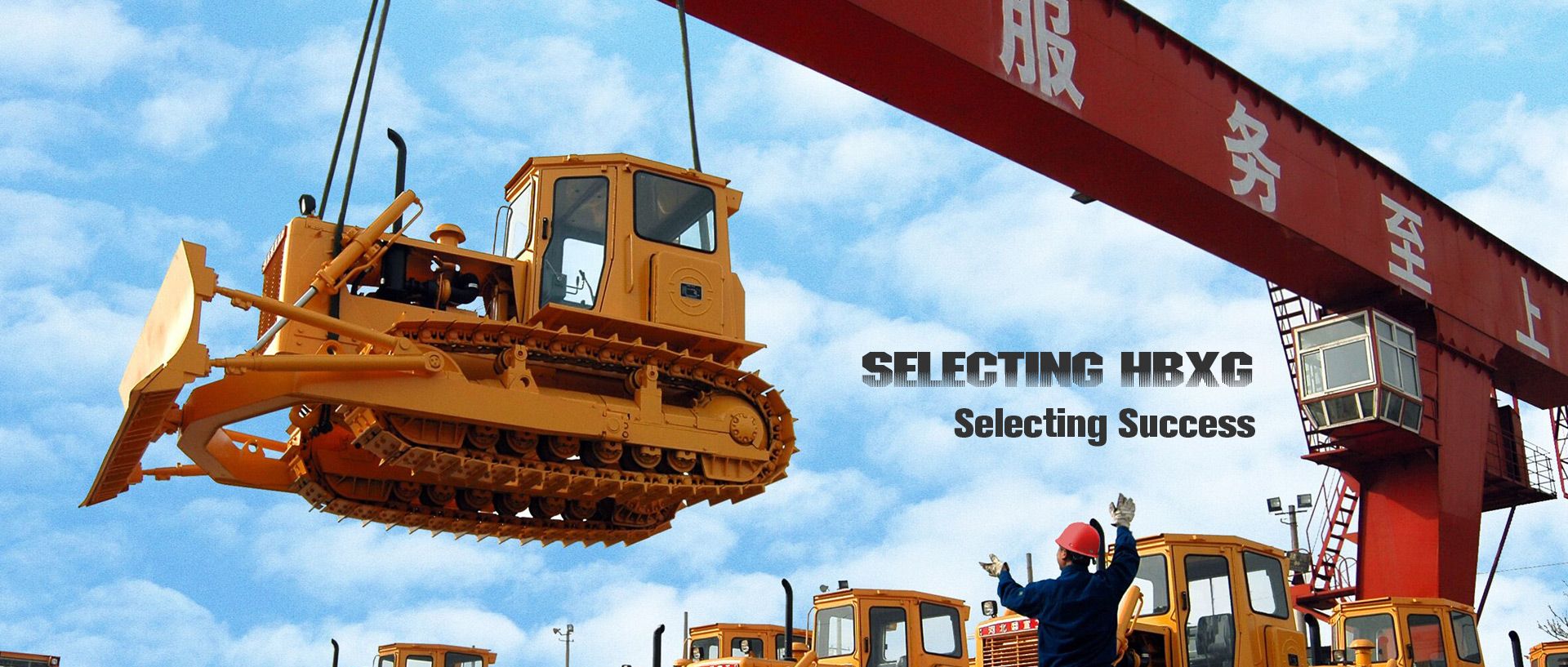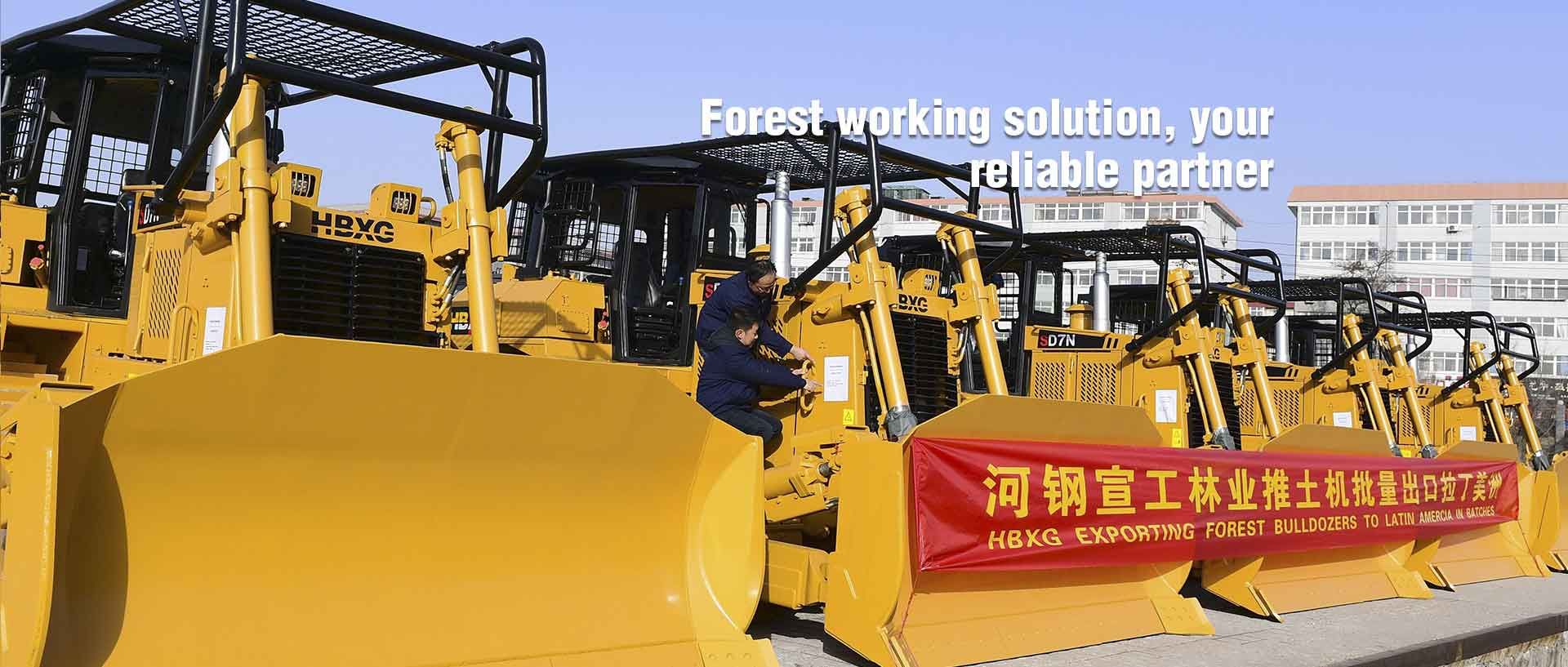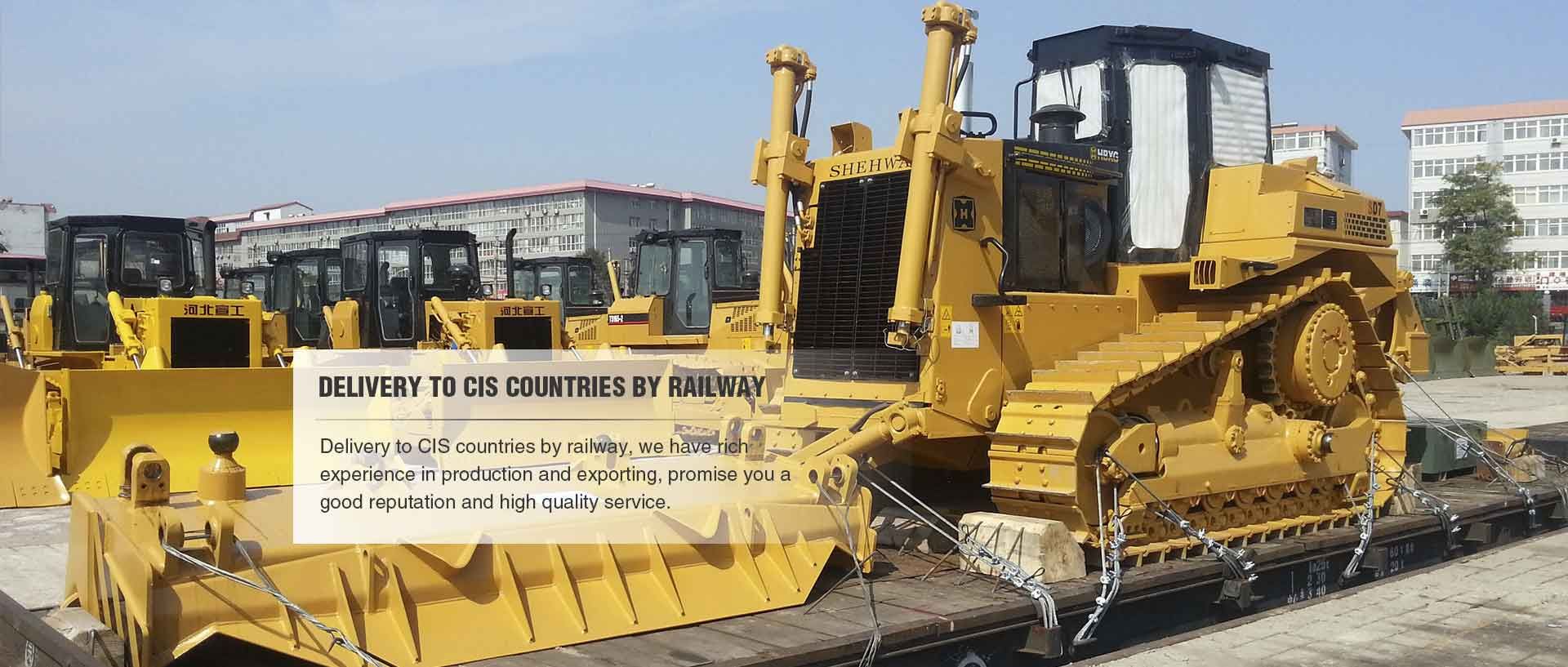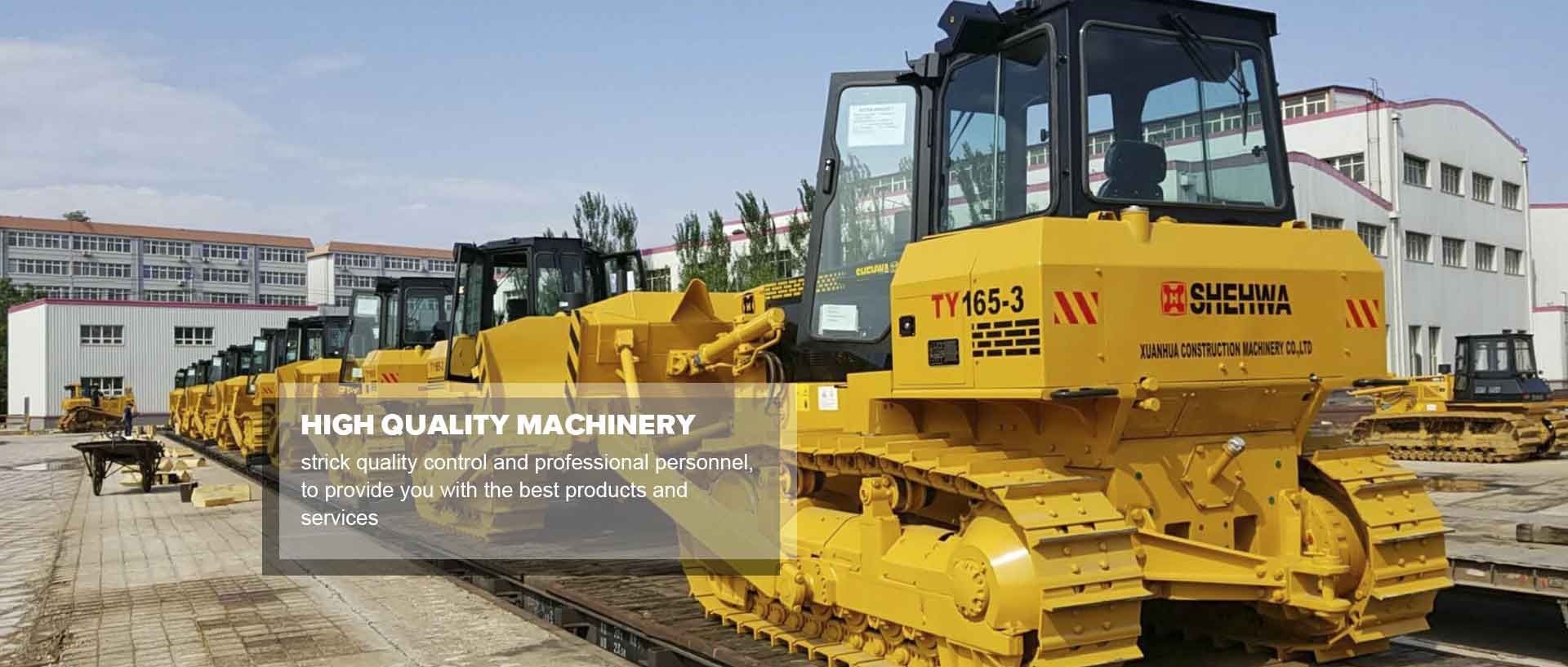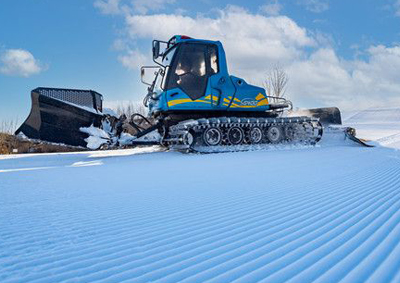Choosing the Right Snow Groomer: A Comprehensive Guide
 Aug. 29, 2023
Aug. 29, 2023
Selecting the right snow groomer is crucial for maintaining well-groomed ski slopes, cross-country trails, or snowmobile tracks. The type of snow groomer you should buy depends on factors such as the terrain, snow conditions, budget, and the specific grooming tasks you need to accomplish. Here's a detailed guide to help you make an informed decision:
1. Determine Your Grooming Needs
Identify the type of snow-covered area you need to groom, whether it's a ski resort, cross-country trail, or snowmobile path. Different areas require different grooming techniques and equipment.
2. Types of Snow Groomers
There are various types of snow groomers available, each designed for specific tasks:
Towed Groomers: These are pulled behind a snowmobile or other vehicle. They are suitable for smaller trails and areas with limited space.
Tracked Groomers: Tracked groomers have their own propulsion systems and are ideal for larger areas and more demanding terrain.
Tractor-Pulled Groomers: These larger machines are usually towed by tractors or other heavy-duty vehicles and are capable of grooming wide trails and slopes.
3. Terrain and Snow Conditions
Consider the type of terrain you'll be grooming. For flat, wide areas, a wider groomer may be more efficient. If you have steep slopes, you'll need a groomer with good traction and stability.
4. Size and Width
Choose a groomer with a width that suits the trails or slopes you'll be working on. Wider groomers cover more ground but may be less maneuverable.
5. Grooming Attachments
Look for groomers with attachments such as tillers, drags, or rollers. These attachments help smooth out the snow and create the desired surface for skiing, snowboarding, or snowmobiling.
6. Power Source
Groomers can be powered by gasoline, diesel, or even electric engines. Consider factors such as fuel efficiency, emissions, and maintenance requirements.
7. Versatility
If you need a groomer for multiple purposes, such as both skiing and snowmobiling, look for models that can accommodate various attachments and grooming techniques.
8. Maintenance and Durability
Choose a groomer made from durable materials that can withstand the rigors of grooming in varying snow conditions. Ensure that replacement parts are readily available.
9. Budget Considerations
Set a budget based on your needs and the scale of your operation. While high-end groomers offer advanced features, there are also more affordable options that provide effective grooming.
10. User-Friendly Features
Look for features that enhance user experience, such as adjustable settings, ergonomic controls, and ease of maintenance.
11. Reviews and Recommendations
Read reviews from other snow grooming professionals to gain insights into the performance, reliability, and ease of use of different groomer models.
12. Training and Support
Consider whether the manufacturer or distributor provides training and ongoing support for using and maintaining the groomer.
13. Safety Considerations
Prioritize safety features such as proper lighting for night grooming, visibility for the operator, and emergency shut-off mechanisms.
14. Environmental Impact
If environmental sustainability is a concern, look for groomers with low emissions and fuel-efficient engines.
15. Test Before Buying
Whenever possible, try out different groomer models before making a purchase to ensure they meet your expectations and requirements.
Conclusion
Choosing the right snow groomer requires careful consideration of factors like terrain, grooming needs, attachments, and budget. By assessing your specific requirements and researching different options, you can find a snow groomer that helps you maintain safe and well-groomed snow surfaces for a range of winter activities.















